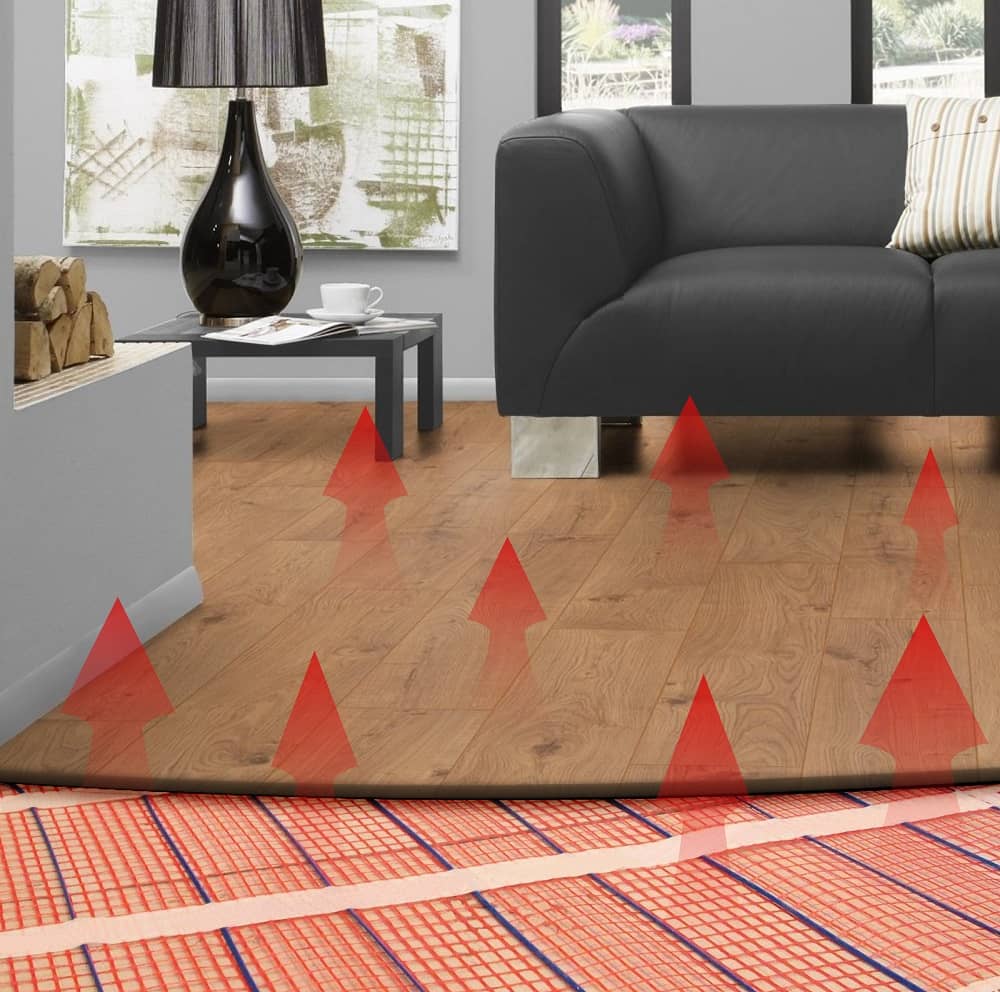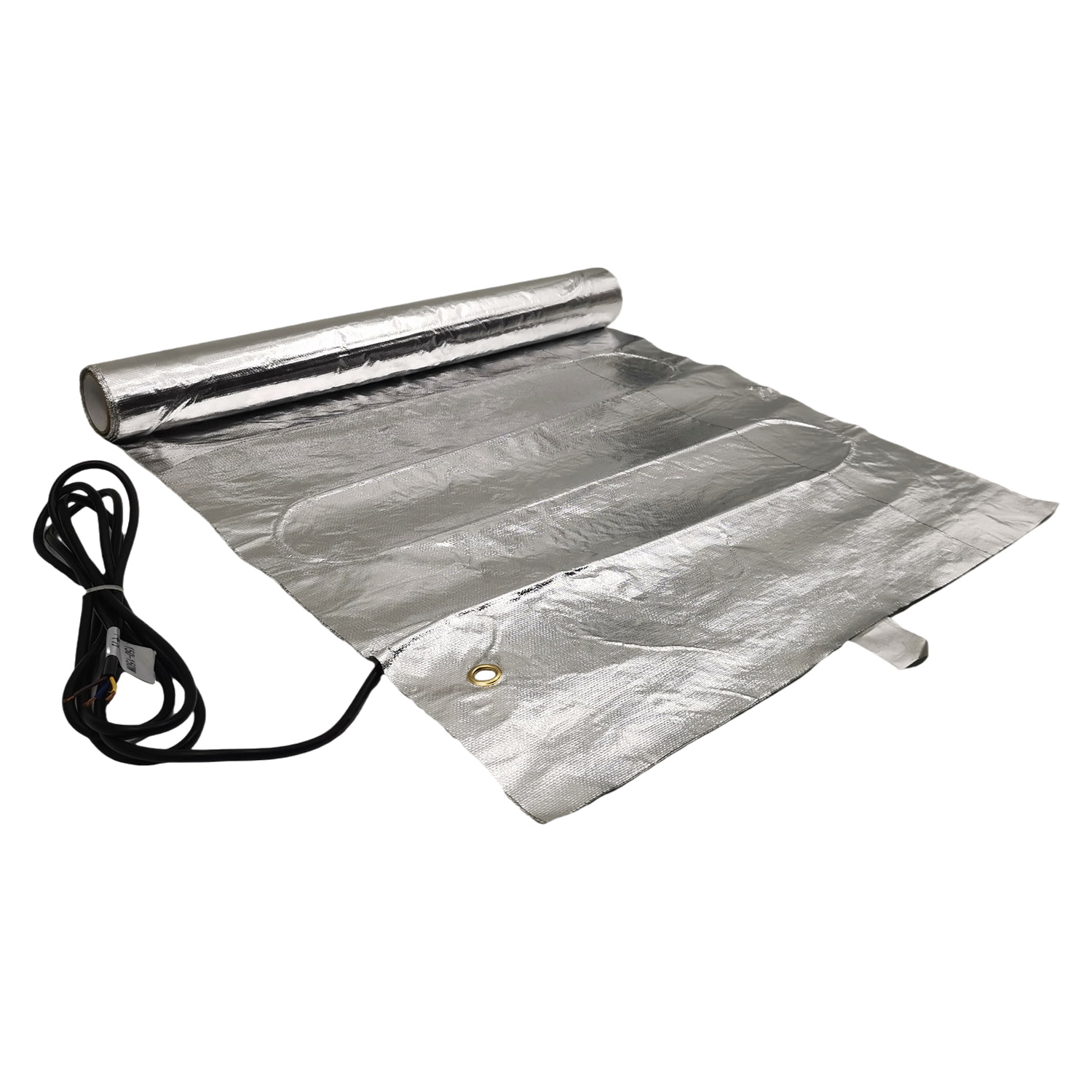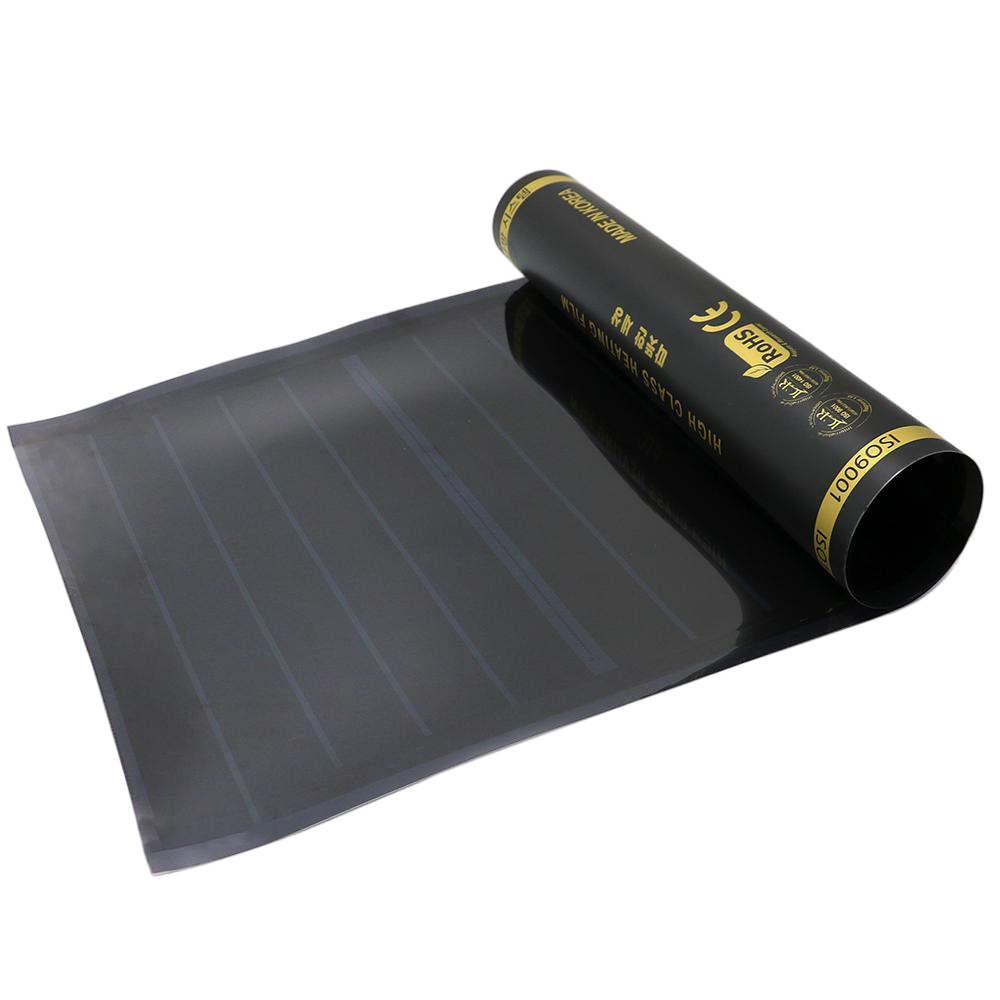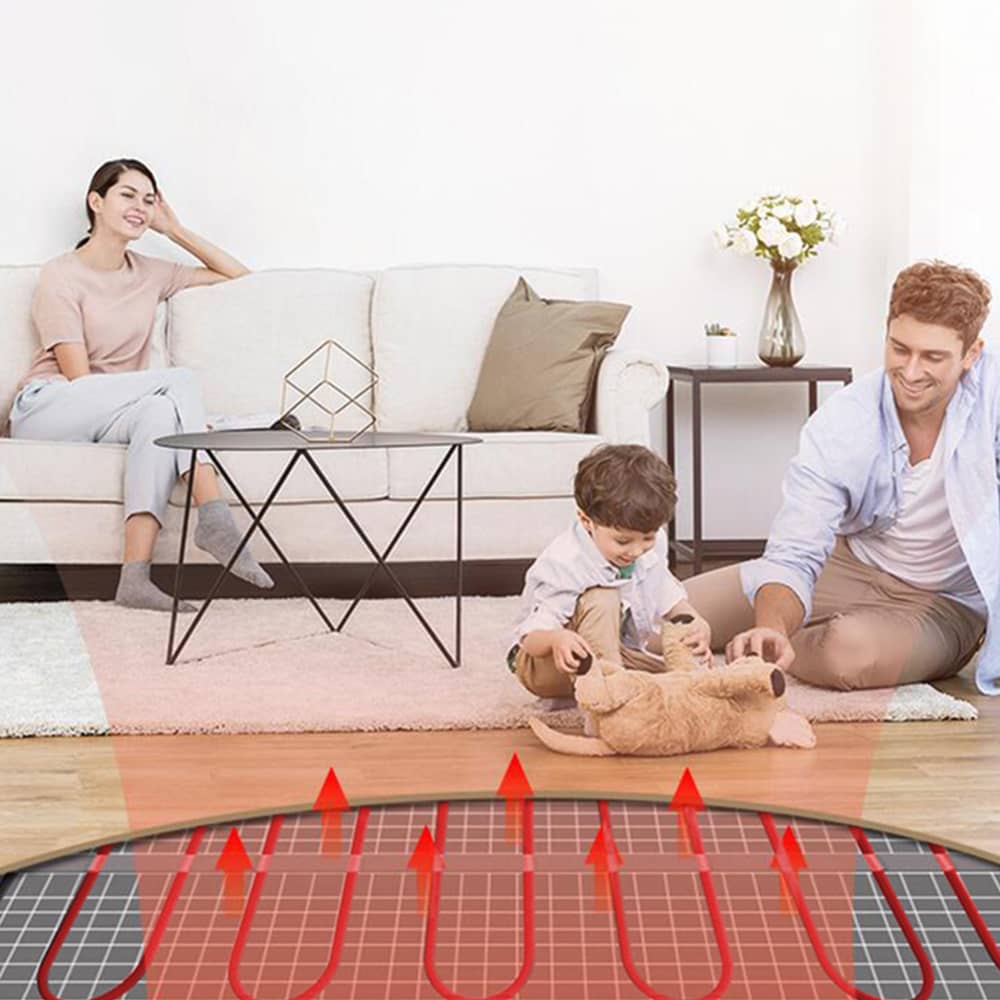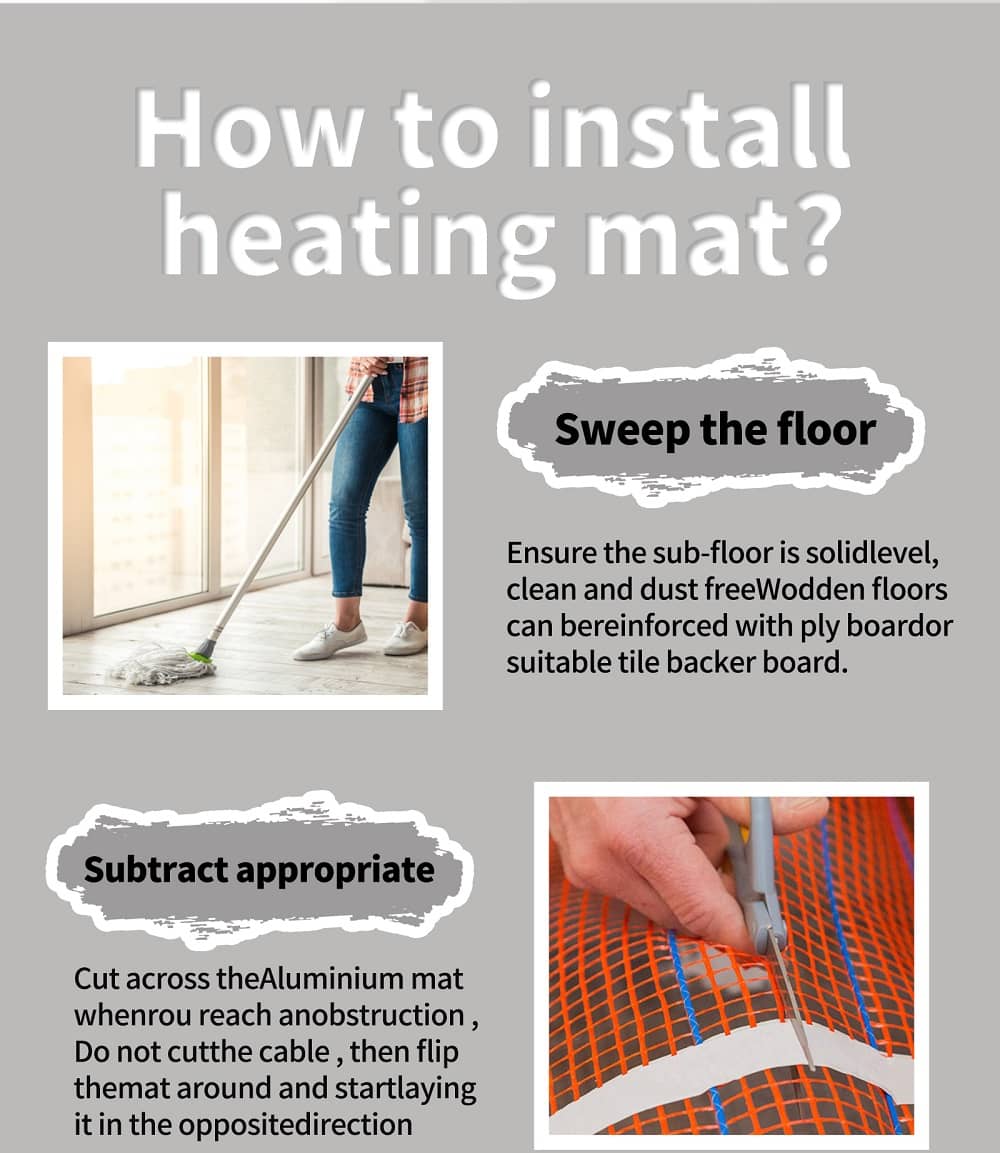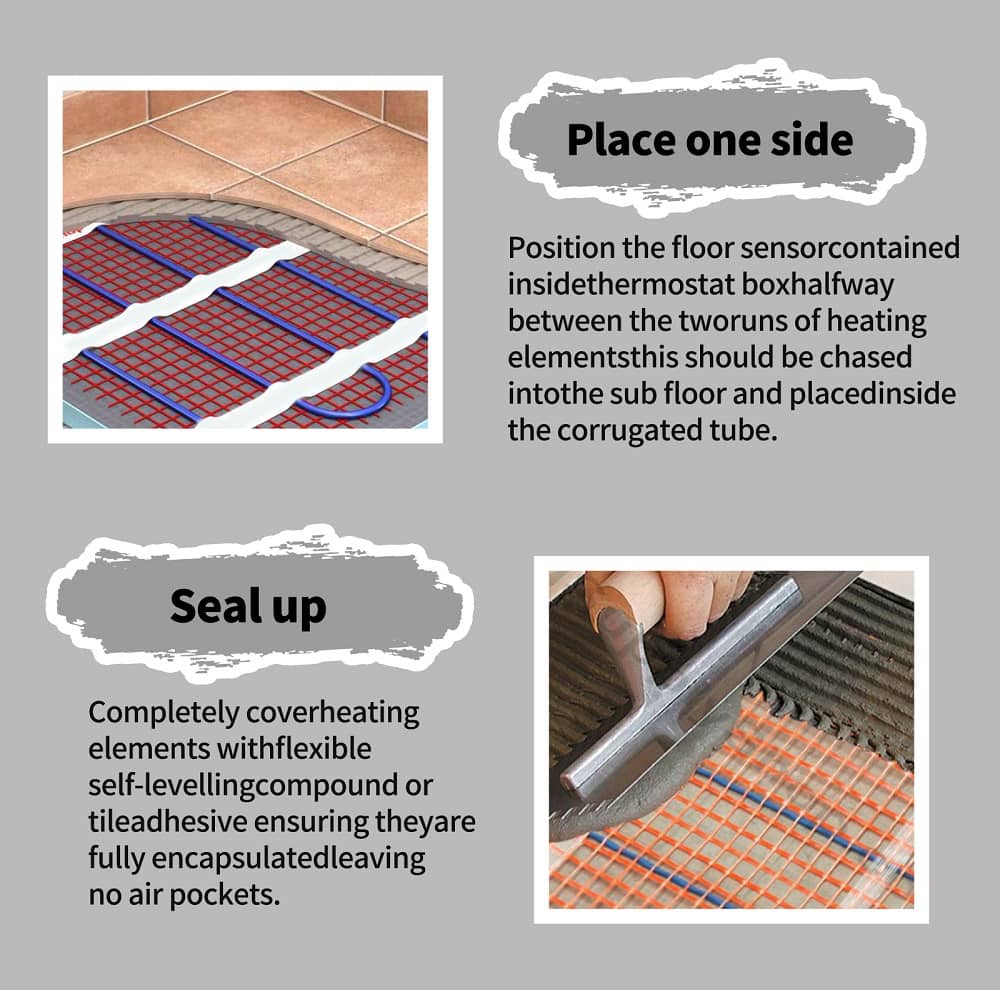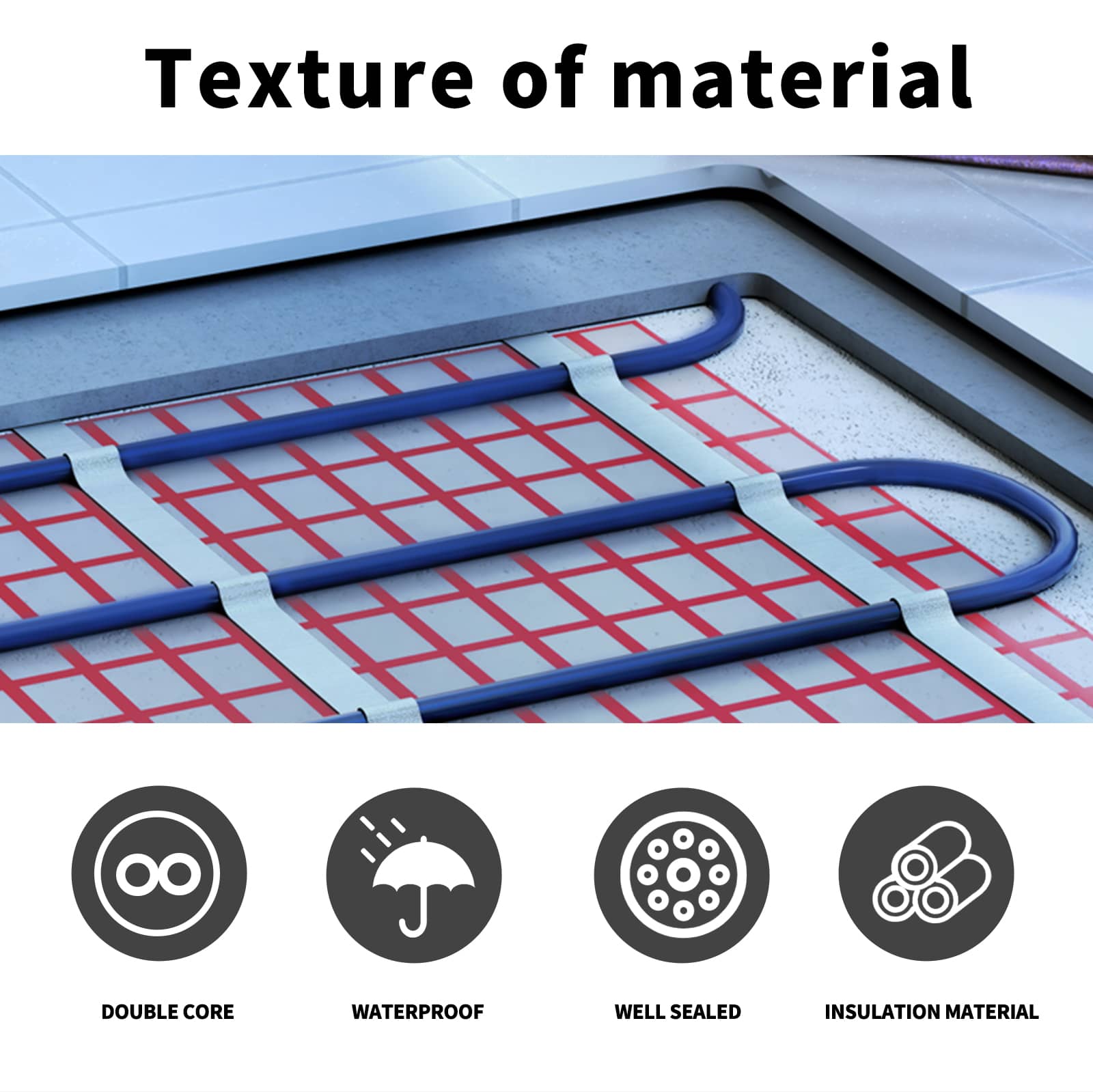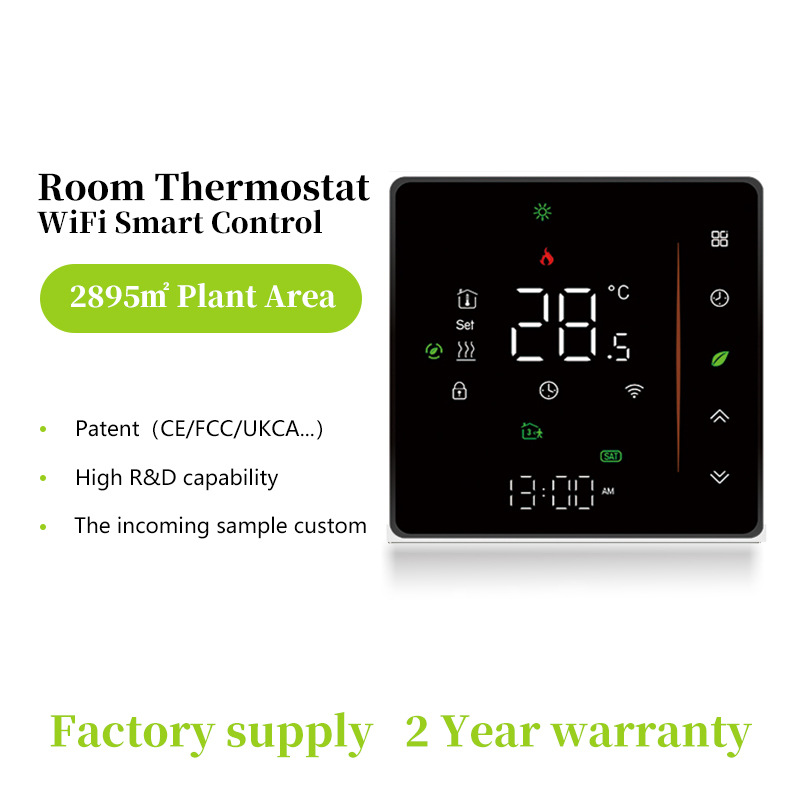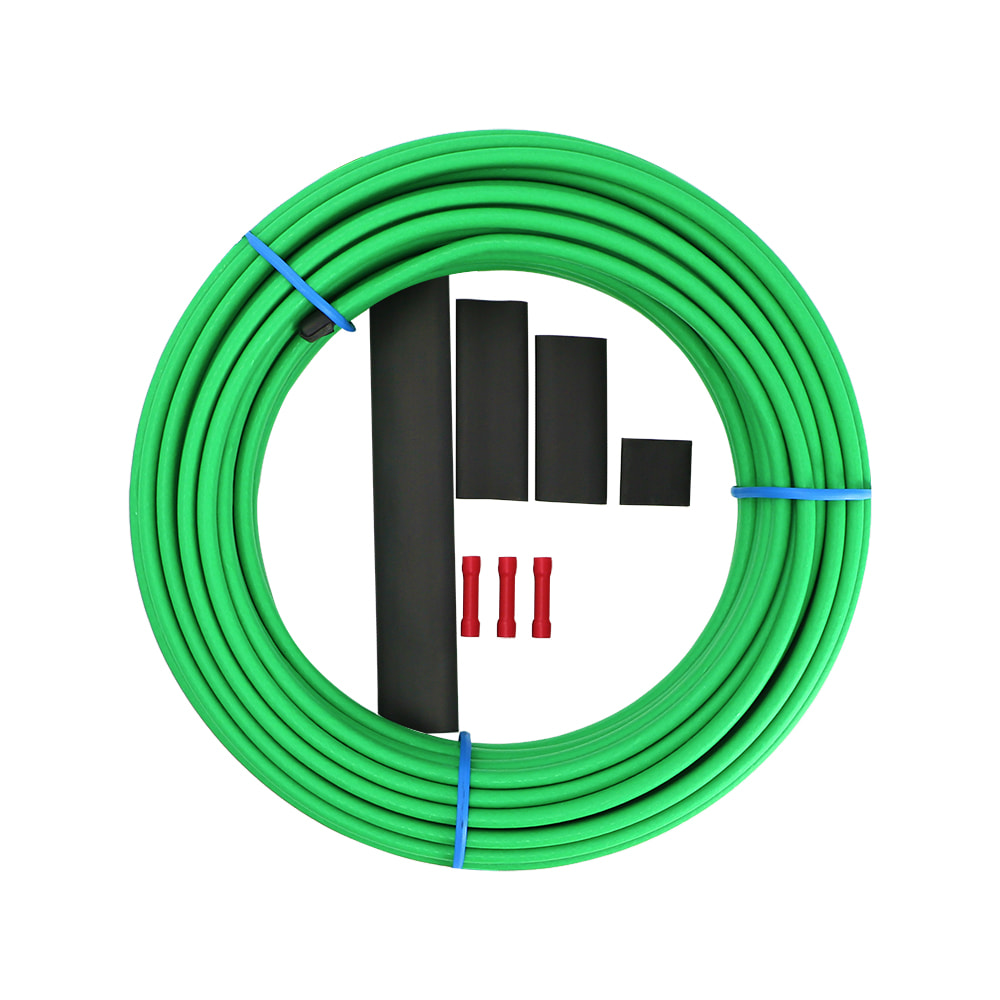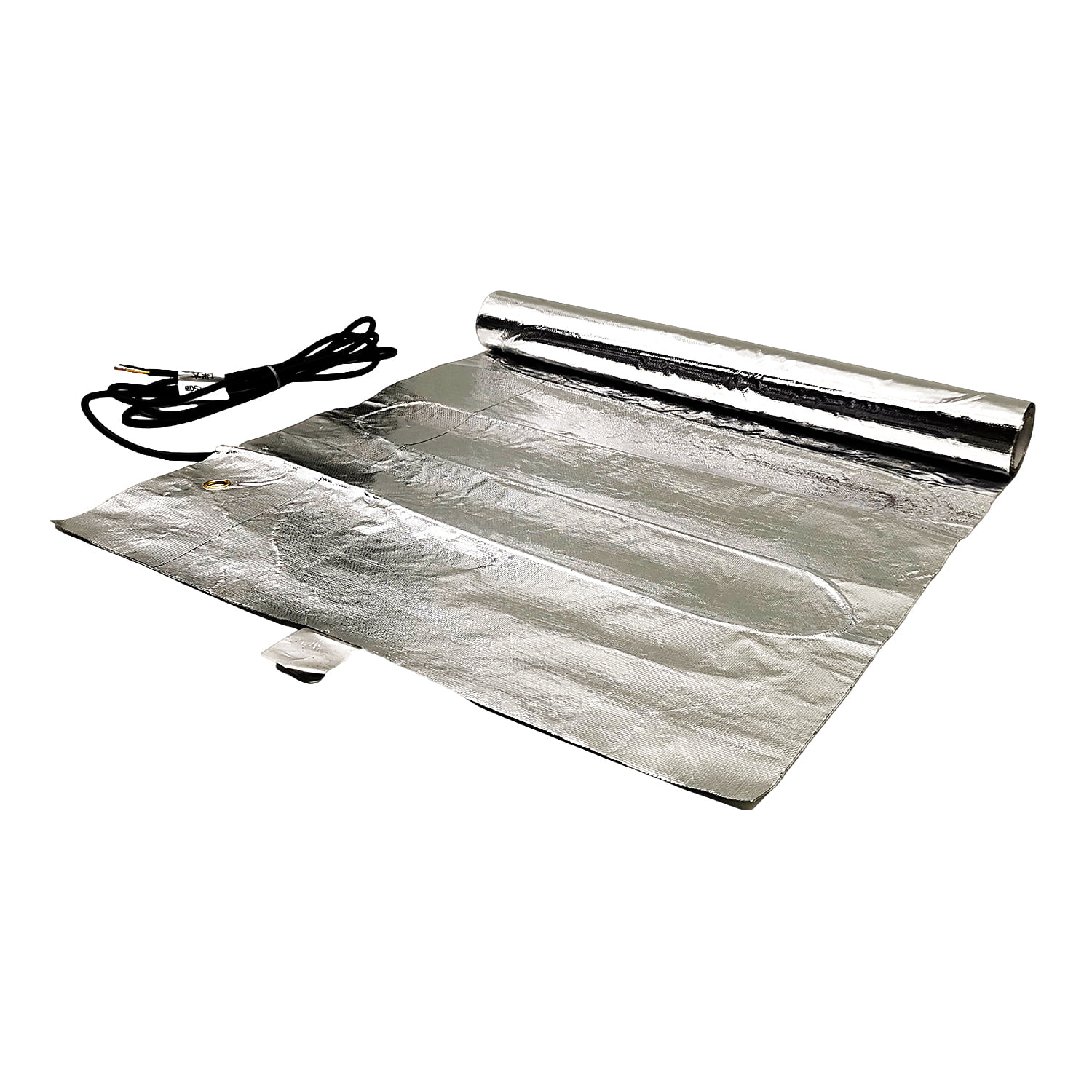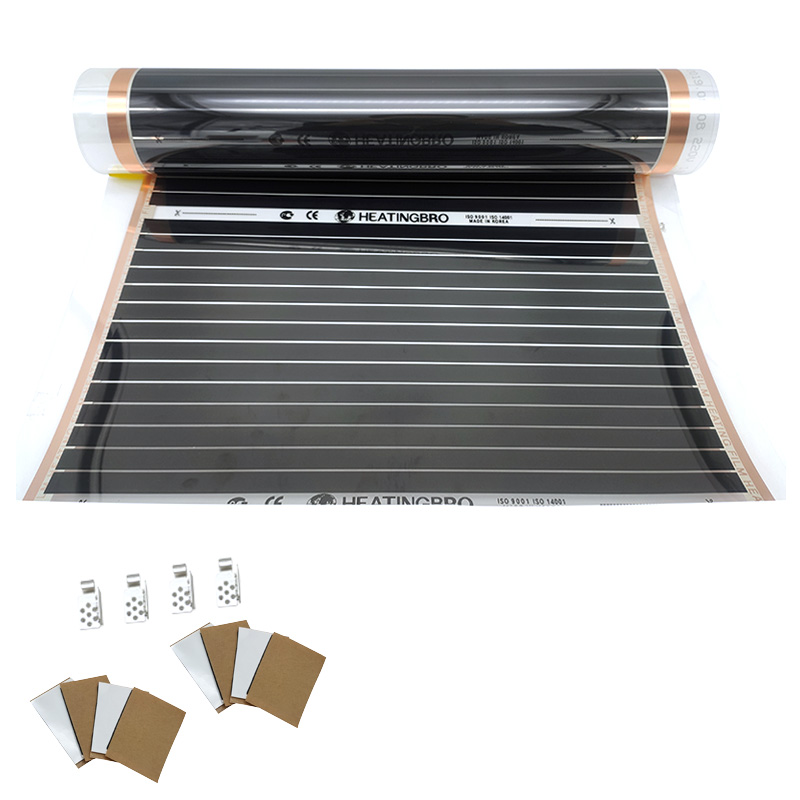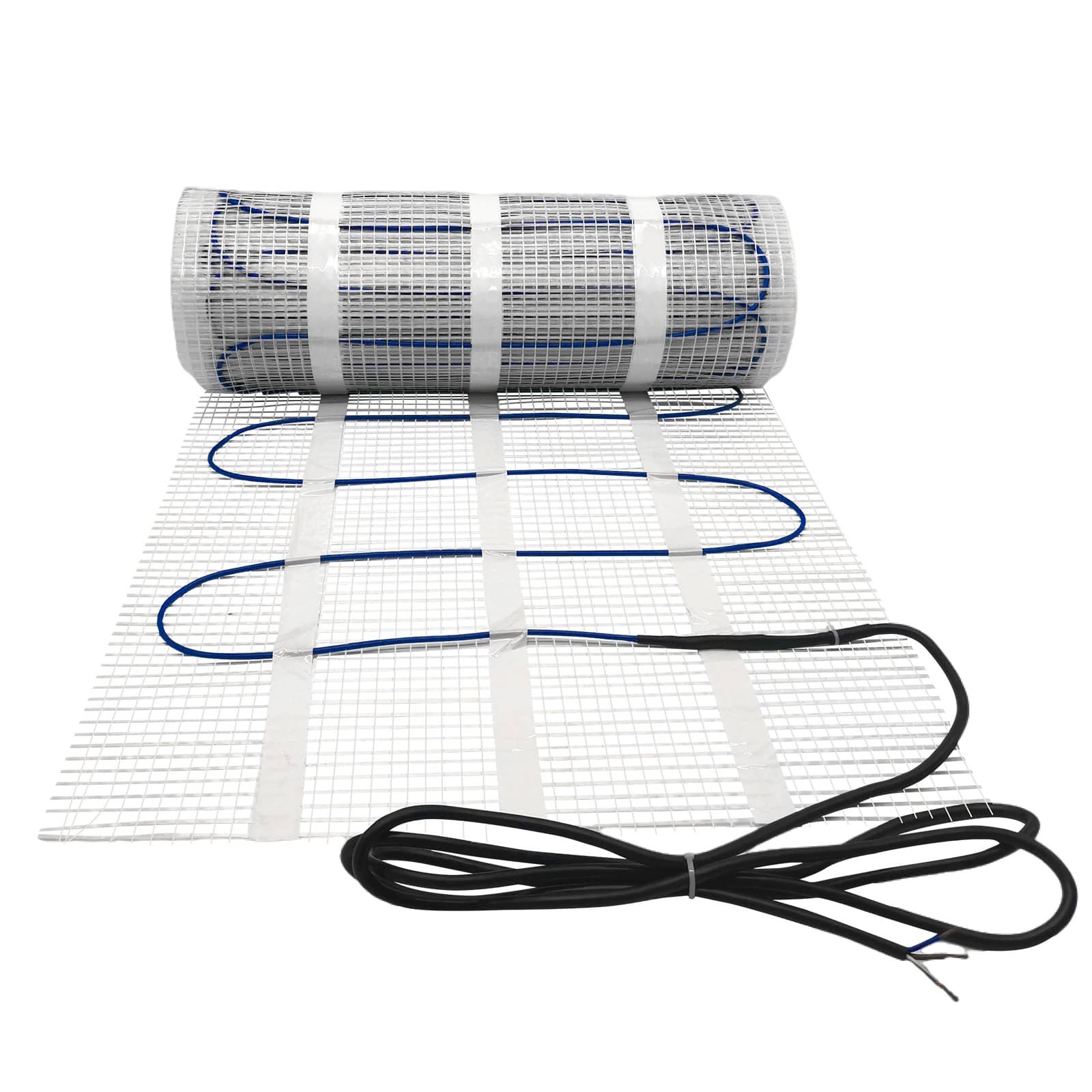Among the two mainstream solutions for ground radiation heating, electric underfloor heating has differentiated advantages in multiple dimensions due to its system characteristics, user experience, and scene adaptability, especially in line with modern households' heating needs for "flexibility, peace of mind, and efficiency". Below are several key aspects that provide a detailed overview of the core advantages of electric underfloor heating over water underfloor heating:
1、 The system is simpler and the installation is more convenient
One of the core advantages of electric underfloor heating is its minimalist system architecture, which reduces complexity from components to the entire construction process
- Fewer components and no redundant equipment: Only the three core components of "heating element (heating cable/electric heating film)+temperature controller+wire" are needed, eliminating the need for complex equipment such as wall mounted boilers, water collectors, circulation pumps, expansion tanks, etc. necessary for water floor heating, reducing system failure points (water floor heating only has 10+potential maintenance nodes for pipeline interfaces and wall mounted boilers).
- Short construction period and minimal interference with decoration: The construction of a 100 square meter space only takes 2-3 days, with the process of "ground leveling → laying heating elements → wiring debugging", without the need for multi-stage construction such as "installation of water collectors → pipeline laying → pressure testing → ground backfilling" like water and floor heating (water and floor heating require 5-7 days), and can quickly enter the site in the later stage of hard installation, without the need for deep binding with water and electricity renovation.
- Suitable for small area/local heating: It can be installed in local spaces such as bedrooms and study rooms as needed (such as only installing electric underfloor heating in the 20 ㎡ master bedroom), without the need for "laying pipes throughout the house+matching wall mounted boilers" like water underfloor heating (when water underfloor heating is used for local heating, frequent start and stop of wall mounted boilers may not save energy), making the cost more controllable.
2、 More flexible use, more precise temperature control
Electric underfloor heating is much more flexible than water underfloor heating in terms of "temperature control" and "adaptation to usage scenarios":
- Single room independent temperature control with an error of only ± 0.5 ℃: Each room can be set to a precise temperature of 16-28 ℃ through an independent temperature controller (such as 24 ℃ in the master bedroom and 20 ℃ in the living room), while underfloor heating is affected by pipeline circulation, with a temperature difference of 1-2 ℃ between remote and nearby rooms, making it difficult to achieve local precise temperature control.
- Instant heating, no need for preheating: After turning on, the ground can heat up within 30-60 minutes and reach the set room temperature within 2-3 hours, suitable for "intermittent heating" needs (such as office workers turning off day and night, occasional use in vacation rooms); Water floor heating requires heating the cold water inside the wall mounted boiler and circulating through the pipes for 4-6 hours before reaching the standard. It still takes a long time to preheat after shutting down and restarting, resulting in serious energy waste.
- Supporting intelligent linkage for more convenient operation: mainstream electric floor heating thermostats can be connected to mobile apps to achieve remote switching and scheduled appointments (starting 1 hour before work and enjoying warmth at home), and some models can also be linked with temperature and humidity sensors for automatic adjustment; The temperature control of underfloor heating relies heavily on local settings of wall mounted boilers, with weak intelligent linkage and limited by the circulation system, resulting in slow remote adjustment response speed.
3、 Zero maintenance cost, worry free and more durable
From the perspective of long-term use, electric underfloor heating significantly reduces the "later investment" and avoids the maintenance trouble of water underfloor heating:
- Fully enclosed operation, lifetime zero maintenance: The outer layer of the heating cable is a high-temperature resistant cross-linked polyethylene insulation layer+shielding layer. After being buried in the ground, it is fully enclosed without loss. Under normal use, there is no need for "annual pipeline cleaning and wall mounted boiler maintenance" like water underfloor heating, which can save a lot of maintenance costs every year.
- No risk of water leakage/freeze-thaw: Thoroughly avoiding the core hidden danger of underfloor heating - pipeline freeze-thaw and aging water leakage caused by lack of drainage during winter heating shutdown (the annual probability of water leakage for underfloor heating is about 10%, and maintenance requires breaking the ground, increasing costs); Electric underfloor heating only needs to ensure proper wiring during installation, and there will be no "water related" faults in the future.
- The service life is synchronized with the building: high-quality heating cables (in accordance with GB/T 20841 standard) have a service life of 50 years, which is basically the same as the service life of building construction; Although the service life of water and floor heating pipelines can reach 50 years, wall mounted boilers only take 10-15 years, and components such as water collectors and circulation pumps need to be replaced 8-12 years, resulting in higher long-term hidden costs.
4、 Stronger energy adaptability and better environmental attributes
As a "clean energy carrier", electric underfloor heating has more advantages in energy compatibility than traditional gas water underfloor heating:
- The energy conversion efficiency is nearly 100%, with no energy loss: the current is directly converted into heat energy through the heating element, with an efficiency of over 99%, without pipeline heat dissipation or wall mounted boiler heat loss (the thermal efficiency of water floor heating wall mounted boilers is 85% -95%, and 5% -10% of heat is lost during pipeline transportation); Especially in small apartments or local heating, the energy-saving advantage is more obvious (when using water and floor heating in small areas, wall mounted boilers can be used as a "small horse pulling a big cart", and the thermal efficiency drops to below 70%).
- Adapt to peak and valley electricity prices to reduce usage costs: In areas where peak and valley electricity prices are implemented, electric underfloor heating can be set to a "valley section heat storage, peak section insulation" mode. Low price electric heating for ground heat storage at night requires only a small amount of electricity to maintain temperature during the day, and the winter usage cost is 20% -30% lower than that of water underfloor heating.
5、 No noise interference, more comfortable living experience
Electric underfloor heating solves some of the pain points of water underfloor heating in terms of "silence" and "body sensation adaptation":
- Zero operating noise, suitable for sensitive populations: electric underfloor heating without circulating pumps, wall mounted boilers and other moving parts, completely silent during operation; The wall mounted boiler for underfloor heating generates 40-50 decibels of noise during operation (similar to household fans), and the circulating pump may also produce low-frequency noise, which has a significant impact on the elderly, children, or sleep sensitive populations.
- More uniform thermal radiation to avoid "head hot and feet cold": The heating cable is evenly laid on the ground and heated by far-infrared radiation, and the heat is evenly spread upwards from the ground, in line with the ergonomic temperature field of "feet warm and head cold" (ground temperature 28-32 ℃, top temperature 18-22 ℃); Water floor heating is affected by the spacing between pipelines and water flow velocity, which may result in local temperature unevenness (such as heat near pipelines and cooling in gaps), especially in large spaces.
- Not affecting indoor humidity and avoiding dryness: The heating process of electric underfloor heating does not consume moisture in the air, and the indoor relative humidity can be maintained at 40% -60% (comfortable range); Partial gas water underfloor heating may consume indoor air due to the combustion of wall mounted boilers. Insufficient ventilation may cause humidity to drop below 30%, requiring the use of an additional humidifier.
The selection of electric floor heating and water floor heating needs to combine their own house type, energy conditions and usage habits. However, from the perspective of "system simplification, long-term worry free, flexible adaptation", electric floor heating has become an important choice for modern light and smart homes.